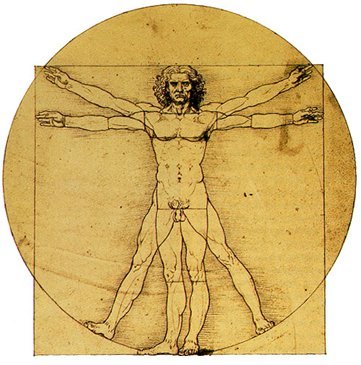Like butterflies, most other animals, and some plants,
we humans possess bilateral symmetry. We have a center line, with basically the same stuff on the right and the left. 
Researchers of social psychology essentially agree that the faces we find most alluring are also the most symmetrical ones. To be physically balanced on either side of a center line is considered a primal hallmark of health and, therefore, beauty.
Just as we viscerally relate to symmetrical living beings, we relate to symmetrical objects. We can discern a center line, and in general, we expect to see the same stuff on the right as on the left. There is a “rightness” to well-designed symmetrical architecture.
Symmetry is apt for expressing structural forces.
 It imparts gravitas and elegance when used to mark transitions.
It imparts gravitas and elegance when used to mark transitions.
It can give objects a human aspect.
Sometimes, for better or worse, the quest for symmetry can cause a building’s exterior appearance to take precedence over what the interior spaces need or want to be.
A design needn’t be an exact mirror image to be symmetrical.
Symmetry can be as simple and serene as a blanket folded in two over a pole.
First photo of a Monarch butterfly courtesy of Karenswhimsy.com ; second image of Cattleya walkeriana orchid courtesy of Greg Allikas; third image of Vitruvian Man courtesy of Leonardo DaVinci; fourth image of the Eiffel Tower courtesy of Wikepedia; fifth image of a Torii Gate courtesy of Kate Comings; sixth image of The Dime Savings Bank of Brooklyn courtesy of My Bank Tracker; seventh image of 1940 Packard 160 courtesy of Hyman Ltd.; eighth image of Parisian Art Nouveau entrance courtesy of Traveling Squire; ninth image of pup tent courtesy of Imgfave.
Feel free to share any of these images, but please provide a link back to 2H Pencil.
I invite your comments.







